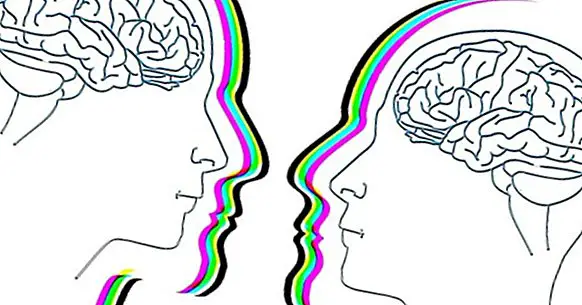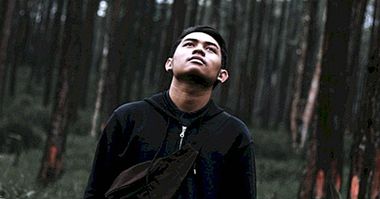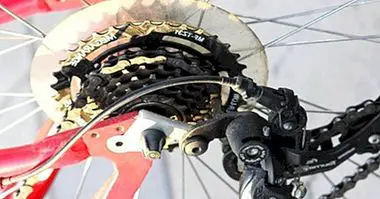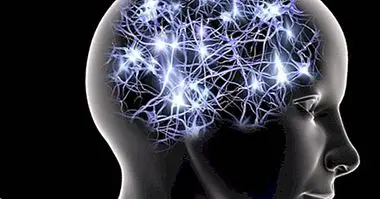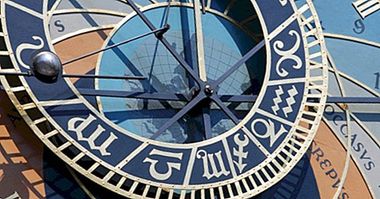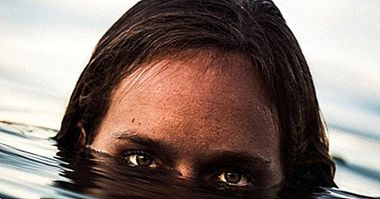Theory of Mind: what is it and what does it tell us about ourselves?
When we think of all those mental faculties that are proper to the human being and of no other species, it is very easy to think about language, the ability to learn all kinds of things or the possibility of solving complex mathematical problems.
These are easily observable human characteristics, but they are not the only ones that we enjoy exclusively. There is another, much more discreet, thanks to which our social relations are richer. This ability has been called Theory of mind .
What is the Theory of Mind?
Defined in a general way, the Theory of the Mind is the ability to be aware of the differences that exist between one's point of view and that of others .
In other words, this faculty makes it possible for us to take into account the mental states of other subjects without assuming that these ideas or thoughts are like those of oneself. A person who has developed Theory of the Mind can attribute ideas, wishes and beliefs to the other agents with whom he interacts. And all this automatically, almost unconsciously.
A hierarchy of mental states
Very often we are exposed to situations in which we have to imagine what someone else is thinking. In turn, this person can assume, from the information he has about us, what we think he is thinking, and all this can also be inferred by us and the other person in a theoretically infinite loop. A hierarchy of mental states that contain each other: I believe that you think that I believe …
The Theory of Mind is placed in the second place in this hierarchy (I believe that you believe this), and it is the seed from which the ability to progress towards the rest of more complex categories is born.
How is Theory of Mind developed? The threshold of 4 years of age
Humans are probably the only species in which their members can think of others as intentional agents , that is, beings with their own interests. This means that from a very early age, the vast majority of humans are able to distinguish between an action and the objective to which that action is directed, even if the latter has not been clearly revealed. Further, Within a few months of life, all people learn to take into account where others are focusing their attention , and therefore can claim that attention for oneself or towards something that is nearby.
These changes in the cognitive development of babies begin towards the end of the first year of age and are part of what is known as the nine month revolution , which emanate skills that are built on each other and enhance the creation of complex social behaviors, such as simulated play, which requires understanding that the other is acting by using a banana as if it were a telephone, or imitation, in the one that the child learns from the actions of the adult and is able to figure out the objective of each of the movements that he is seeing.
The Theory of the Mind appears around 4 years of age and builds on the foundations of all these capacities derived from the nine-month revolution , but intervenes in more abstract and refined mental processes. Thus, all those people who develop Theory of Mind think of others not only as intentional agents, but also as mental agents, with a whole series of complex psychological states that are their own. Among these new mental states that are attributed to others are, for example, desires and beliefs.
The false belief experiment
The classic method to find out if a boy or girl has developed Theory of Mind is the false belief test . This is a test that can only be solved correctly if one is able to differentiate one's knowledge about the environment from what another person believes about it. In addition, it is an exercise that can be used to help detect cases of Autism Spectrum Disorders, since people who manifest symptoms associated with autism tend to show a Theory of the Mind little or nothing developed.
In an example of this test, the psychologist manipulates two dolls to form a small narrative in which everything happens before the attentive look of the child put to the test. First, the first doll shows a toy and then shows how it is stored in a nearby trunk. Then, the doll disappears from the scene and the second doll appears, which takes the toy out of the trunk and puts it in, for example, a backpack resting on the floor.At that time, the child is asked: "When the first doll comes back into the room, which is the first place where you will look for the toy?".
Normally, children under four years of age will fail to give an answer, because they will believe that the first doll has the same information as them and will go in the first place to look for the backpack. However, with four years most already give a correct answer, proof that they have made the transition to the Theory of Mind and that they have abandoned a perception of reality rather egocentric
A small documentary to better understand this theory
Below you can see a video that shows a test example of the false belief applied to the detection of the Theory of Mind:

